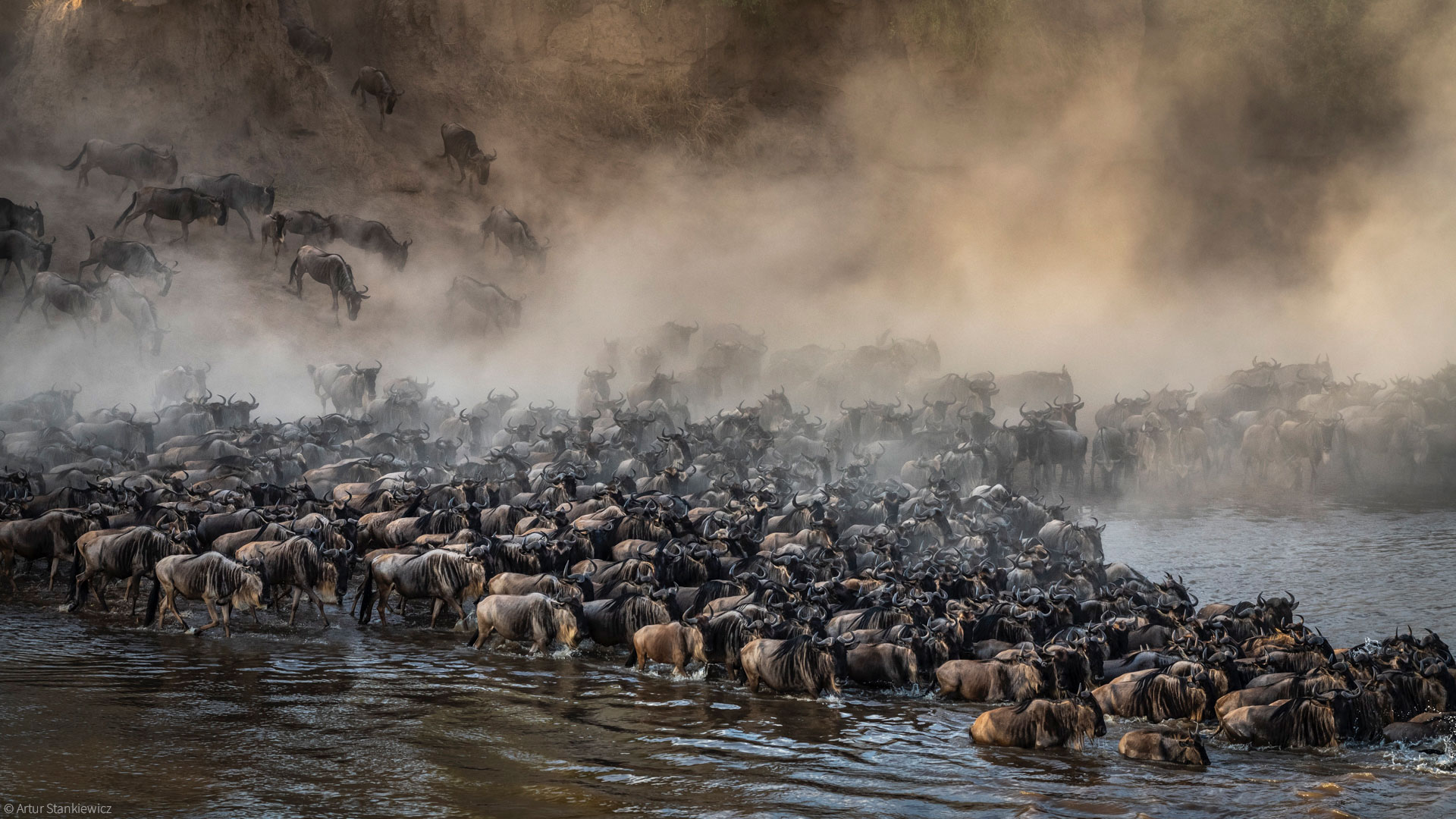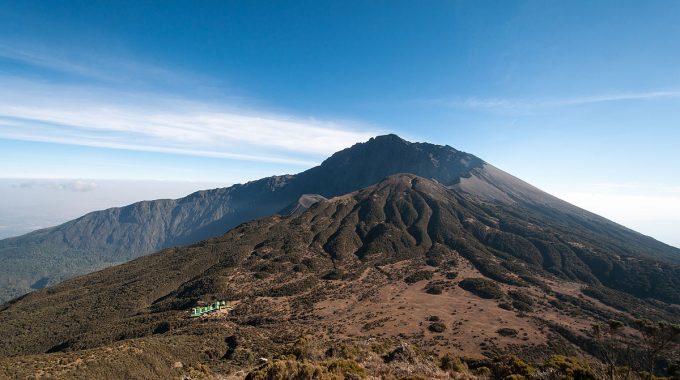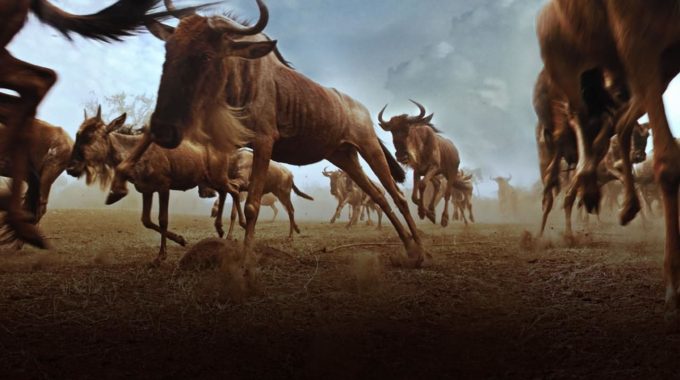Is the Great Migration worth seeing?

Absolutely! The Great Migration is one of the most awe-inspiring natural events in the world, and for many wildlife enthusiasts, it’s considered a bucket-list experience. Here’s why the Great Migration is worth seeing:
1. Unmatched Wildlife Spectacle
- Millions of Animals: Over 1.5 million wildebeest, along with hundreds of thousands of zebras and gazelles, are involved in the migration. The sheer scale of the herds as they move across the plains is breathtaking. The sight of vast numbers of animals moving together in unison is something you simply can’t experience anywhere else on Earth.
- Predator-Prey Drama: The migration is also an intense predator-prey spectacle. Lions, cheetahs, leopards, and hyenas follow the herds in pursuit of prey. The river crossings, where wildebeest face crocodiles and lions, offer some of the most dramatic and thrilling moments you can witness in the wild.
2. The Iconic River Crossings
- One of the most famous parts of the migration is the Mara River crossing (in Kenya’s Masai Mara), where wildebeest must leap into the river, navigating crocodiles and sometimes even lions waiting along the banks. It’s a heart-stopping spectacle, and it draws photographers and safari-goers from all over the world.
- The Grumeti River crossings in Tanzania also provide similarly intense moments, albeit with fewer tourists, making it a more exclusive experience.
3. Incredible Wildlife Photography
- For photographers, the migration offers unparalleled opportunities to capture dramatic moments. From close-up predator shots to wide-angle shots of herds moving across the plains, the variety of photographic subjects is endless.
- The river crossings, with animals leaping into the water and the dramatic backdrop of the Serengeti or Masai Mara landscapes, are some of the most iconic wildlife images ever taken.
4. Synchronized Natural Event
- The seasonal rains play a synchronized role in the migration, which is not a random occurrence. Witnessing how the entire ecosystem responds to this cycle—predators, prey, and landscape—gives you a deep understanding of the delicate balance of life in the African savanna.
- The migration also includes the calving season, which is an emotional spectacle of newborn wildebeests and other herbivores struggling to survive in a world filled with predators. This cycle of birth and death adds a sense of drama and urgency to the experience.
5. Immersion in Africa’s Wild Heart
- The Great Migration takes place in two of the most iconic safari destinations in the world: Kenya’s Masai Mara and Tanzania’s Serengeti. These places are not just famous for the migration; they’re also home to a wide variety of other wildlife, such as elephants, giraffes, buffalo, and birds.
- Whether you’re on a game drive, taking a hot-air balloon safari, or simply enjoying the peaceful African landscape, the migration experience is a gateway into the heart of Africa’s wild places.
6. It’s a Once-in-a-Lifetime Experience
- While the migration happens every year, it’s timed with the rains and the availability of fresh grazing, so there’s always an element of uncertainty in terms of exactly when and where it will peak. The timing of your visit could mean you see the wildebeest in the middle of their river crossings or in the more peaceful moments when the herds are grazing.
- Witnessing the Great Migration is something few people get to experience. It’s one of the last truly wild events that has remained relatively unchanged despite increasing tourism pressures.
7. Accessibility and Accommodation
- Both the Masai Mara and Serengeti are easily accessible from major African cities, with international flights into Nairobi, Kenya, and Kilimanjaro, Tanzania. Once there, you’ll find a wide range of accommodation options, from budget-friendly camps to luxury lodges, many offering safari packages that include game drives, bush walks, and cultural experiences.
- If you’re looking for an exclusive experience, consider staying in conservancies adjacent to the national parks, where you’ll have access to the migration without the crowds.
8. Sustainability and Conservation
- By visiting during the Great Migration, you contribute to the sustainable tourism efforts that help conserve these ecosystems. The revenue generated from wildlife tourism supports conservation programs, protects wildlife habitats, and benefits local communities.
- Many safari companies and conservancies work closely with local Maasai and other indigenous communities to ensure that the migration is preserved for future generations.
Challenges to Consider
- Crowds and High Costs: The Great Migration is one of the most famous wildlife events in the world, so it does attract large numbers of tourists, especially during peak river crossing periods (July to September). If you prefer a quieter experience, consider visiting less crowded areas like the western Serengeti or Mara North Conservancy.
- Unpredictability: The exact timing of key events like the river crossings can be unpredictable. There is never a guarantee as to when or where you will see the most dramatic events because, despite known general patterns, the migration is dependent on environmental factors like rainfall.
Conclusion: Is the Great Migration Worth Seeing?
For anyone interested in wildlife, nature, or photography, the Great Migration is unquestionably worth seeing. The drama of the river crossings, the sight of millions of animals on the move, the predator-prey dynamics, and the raw emotional power of the migration make it an unforgettable experience. It’s an extraordinary opportunity to witness one of nature’s most amazing phenomena in person and to immerse yourself in one of the world’s most iconic landscapes.



